
Ingredient
Thyme
The Fragrant Herb: Thyme
Thyme is a small, perennial herb with tiny, gray-green leaves and a woody stem. It has a distinct fragrance and a slightly minty, lemony taste. The leaves are often used dried or fresh to add depth and complexity to a wide range of dishes.
Origins and history
Thyme has been used for centuries and has a rich history dating back to ancient Egypt, where it was used for embalming. It was also highly regarded in ancient Greece and Rome for its medicinal properties. Today, it is widely cultivated and used in various culinary traditions around the world.
Nutritional information
Thyme is low in calories and a good source of vitamin C, vitamin A, iron, and manganese. It also contains small amounts of fiber and antioxidants.
Allergens
There are no known allergens associated with thyme.
How to select
When selecting thyme, look for fresh sprigs with vibrant green leaves and a strong aroma. Avoid wilted or discolored leaves. Opt for organic or locally grown thyme whenever possible to ensure the best quality and flavor.
Storage recommendations
To store fresh thyme, wrap it loosely in a damp paper towel and place it in a plastic bag in the refrigerator. It should stay fresh for up to a week. Dried thyme should be stored in an airtight container in a cool, dark place, away from direct sunlight, and can last for up to a year.
How to produce
Thyme can be easily grown in a sunny spot in your garden or in a pot on your windowsill. It thrives in well-drained soil and requires minimal maintenance. Regular pruning will help promote bushier growth.
Preparation tips
Thyme is a versatile herb that can be used in a variety of dishes. It pairs well with roasted meats, vegetables, soups, stews, and sauces. It is a key ingredient in classic dishes like roasted chicken with herbs, herbes de Provence, and bouquet garni.
Substitutions
Thyme can be substituted with dried oregano or marjoram, but keep in mind that the flavors may differ slightly. Fresh rosemary can also be used as a substitute, but it has a stronger flavor.
Culinary uses
Thyme is commonly used in Mediterranean and French cuisines. It adds depth and complexity to dishes like roasted vegetables, grilled meats, pasta sauces, and marinades. It is also a key component in traditional stuffing for poultry.
Availability
Thyme is widely available in grocery stores, supermarkets, and farmers markets worldwide.
More ingredients from this category

Syrian oregano
The Exotic Herb: Syrian Oregano

Lemon savory
The Zesty Herb: Lemon Savory and its Citrusy Twist

Creeping thyme
The Fragrant Delight of Creeping Thyme

Lemon thyme
The Zesty Herb
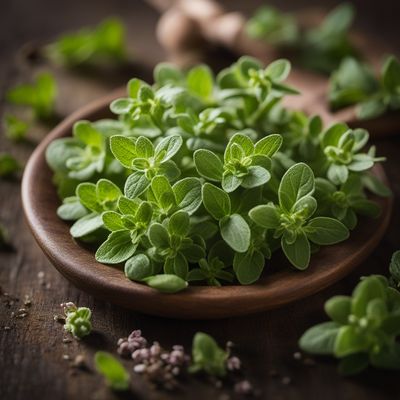
Oregano
The Herb of Mediterranean Delights

Summer savory
"The Herb of Warmth and Flavor"
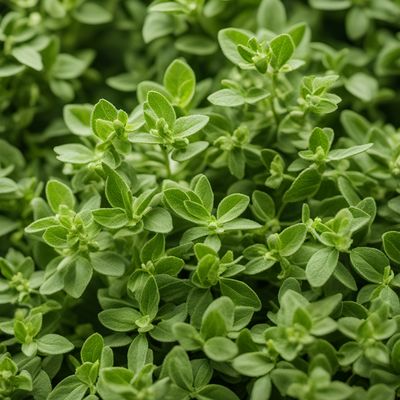
Cretan oregano
The Fragrant Herb of the Mediterranean

Winter savory
Savoring the Season: Exploring the Delights of Winter Savory
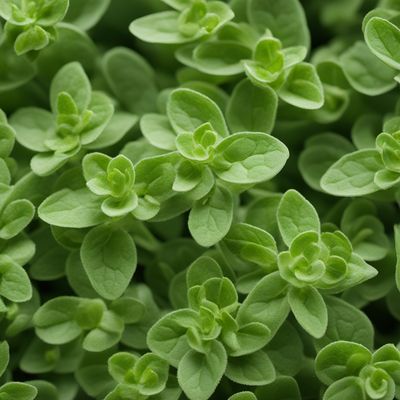
Marjoram
The Fragrant Herb: Marjoram

Mastic thyme
The Fragrant Herb: Unveiling the Aromatic Delights of Mastic Thyme
Recipes using Thyme » Browse all
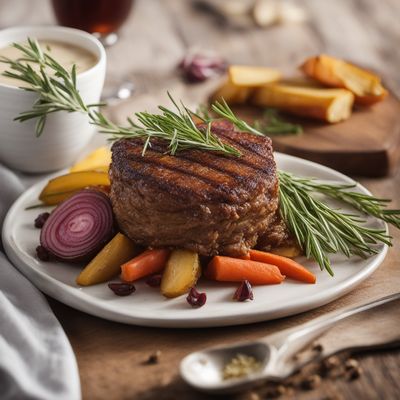
Minorcan Gaisburger Marsch
Savory Beef and Potato Stew with a Minorcan Twist
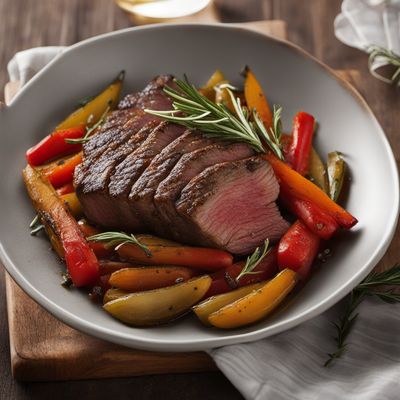
Manzo all'aceto with Roasted Vegetables
Tender Beef in Tangy Vinegar Sauce with Roasted Vegetables
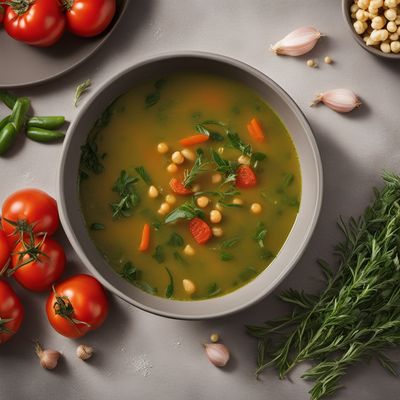
Bazzoffia Soup
Hearty Italian Bean and Vegetable Soup

Homemade Demi-Glace
Velvety Essence: Homemade Demi-Glace Recipe

Pennsylvania Dutch Mixtas
Hearty Dutch-Inspired Mixtas: A Fusion of Mexican and Pennsylvania Dutch Flavors

Pâté en Croûte with a Twist
Savory Delight: Pâté en Croûte with a Modern Twist
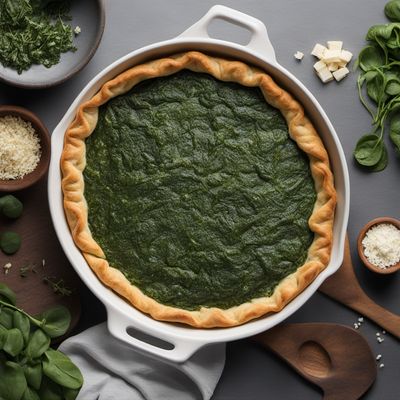
Maltese Spinach and Cheese Pie
Savory Delight: Maltese Spinach and Cheese Pie

Greek Lemon Garlic Roasted Chicken
Mediterranean Citrus Herb Roasted Chicken
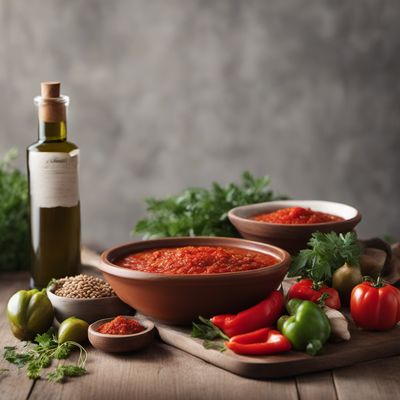
Andorran-style Tavče Gravče
Savory Bean Delight: Andorran-style Tavče Gravče

Agnello Pasquale with Herb Crust
Savory Herb-Crusted Easter Lamb

Vegetarian Mushroom Bourguignon
Mushroom Magic Bourguignon

Belgian-inspired Chicken Broth
Savory Belgian Chicken Broth with a Twist